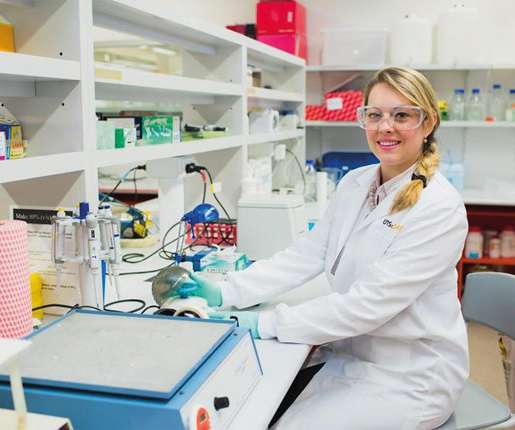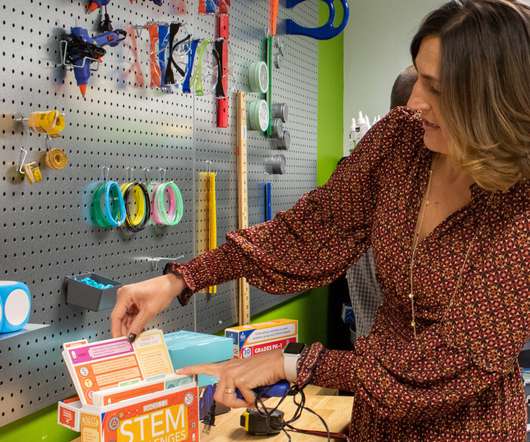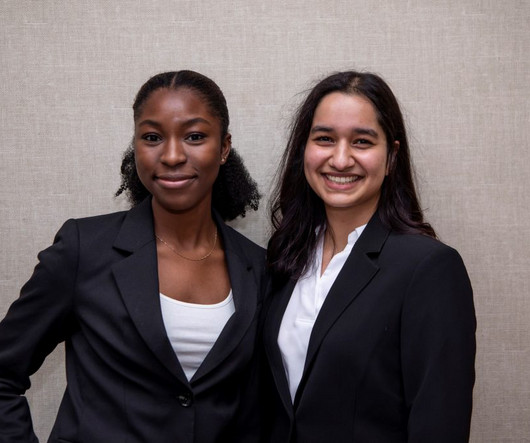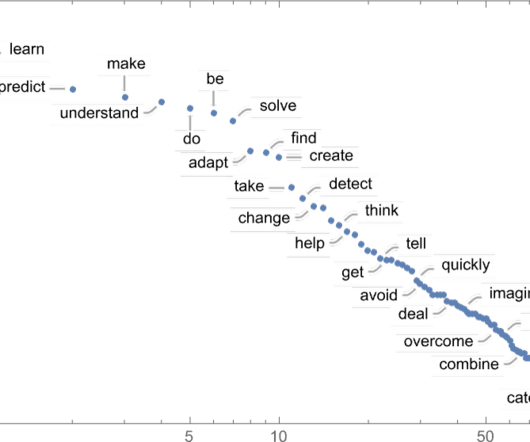On the frontline of the biomedical revolution
Futurum
FEBRUARY 7, 2023
These technologies were developed by scientists and then translated by engineers to be used within biomedicine.” For this reason, Jin sees high and ever-growing demand for biomedical scientists and engineers in the future, with exciting opportunities for new entrants into the field. I started my career as an experimental scientist.












Let's personalize your content